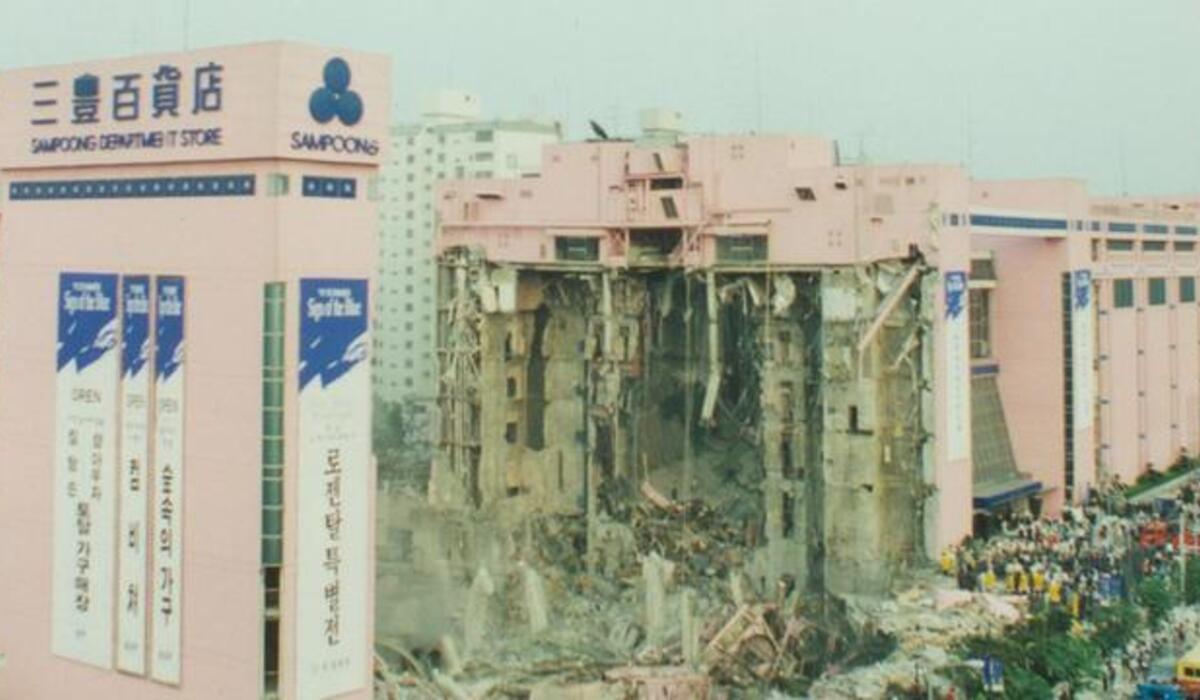Researchers from the ICITECH Institute at Universitat Politècnica de València (UPV) have developed an innovative method to enhance building resilience, inspired by the self-defense mechanism of lizards that allows them to detach their tails to escape predators. This concept, known as autotomy, provided the foundation for creating “structural fuses” in buildings, which serve as a final line of defense against catastrophic collapses.
Traditional building designs focus on redistributing loads when components fail, which works for minor issues but can exacerbate large-scale failures, leading to progressive collapses. This was evident in recent disasters like the Champlain Towers collapse in Florida and the Peñíscola and Abadan building collapses. To address this, the ICITECH-UPV researchers propose a new design philosophy that mirrors electrical fuses used to prevent overloads.
This philosophy is “similar to protecting an electrical system against overloads by connecting different grid components through electrical fuses,” said Nirvan Makoond, a member of ICITECH-UPV and co-author of the study, in a statement.
Their approach maintains structural continuity under normal conditions but segments it during inevitable failure propagation, preventing total collapse and limiting damage. Remarkably, this method incurs minimal additional construction costs due to the use of conventional materials, as noted by co-author Andri Setiawan.
The team’s method was validated through real-world testing on a full-scale building made of prefabricated concrete. When a significant initial failure was introduced, the structural fuses effectively isolated the failure, preventing the building from collapsing entirely. This successful demonstration confirms the method’s potential applicability to a wide range of new buildings. Researchers are now working on extending the methodology to structures made with in-situ concrete and steel.
” Its effectiveness has been verified and demonstrated for a full-scale specimen made of prefabricated concrete. We are currently working on extending the methodology to buildings constructed with in-situ concrete and steel,” co-author Manuel Buitrago added.
Jose M. Adam, a co-author, emphasized that this solution is the first of its kind to be tested and verified at full scale, offering a reliable defense against collapse propagation after large initial failures. The new design promises to protect human lives and reduce economic losses by preventing catastrophic building collapses.
“It is the first solution against collapse propagation in buildings after large initial failures that has been test and verified at full scale,” highlighted Jose M. Adam, another co-author of the research paper. “The application of the new design will prevent catastrophic collapses, thus protecting human lives and minimizing economic losses.”
The research received substantial support from the European Research Council (ERC) through a Consolidator Grant of over 2.5 million euros, highlighting its significance and potential impact on future building design and safety standards.

